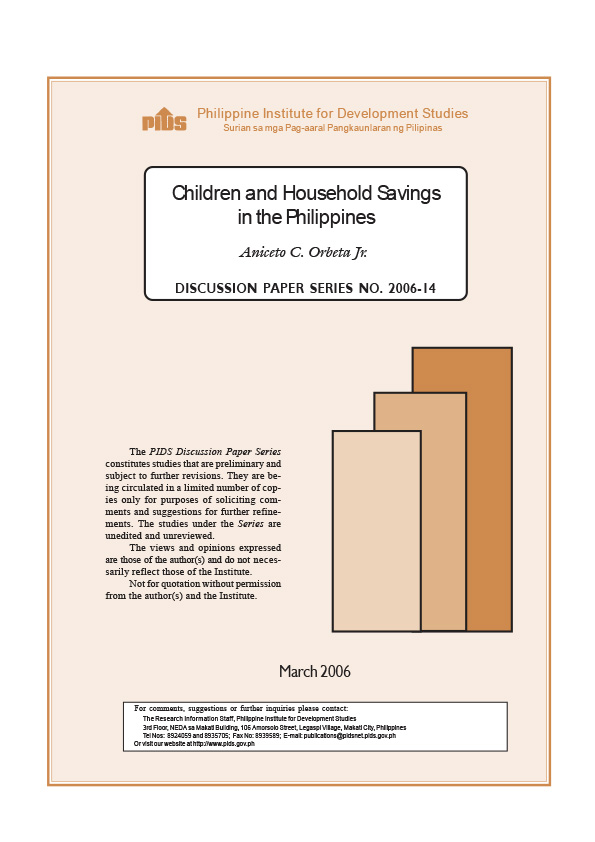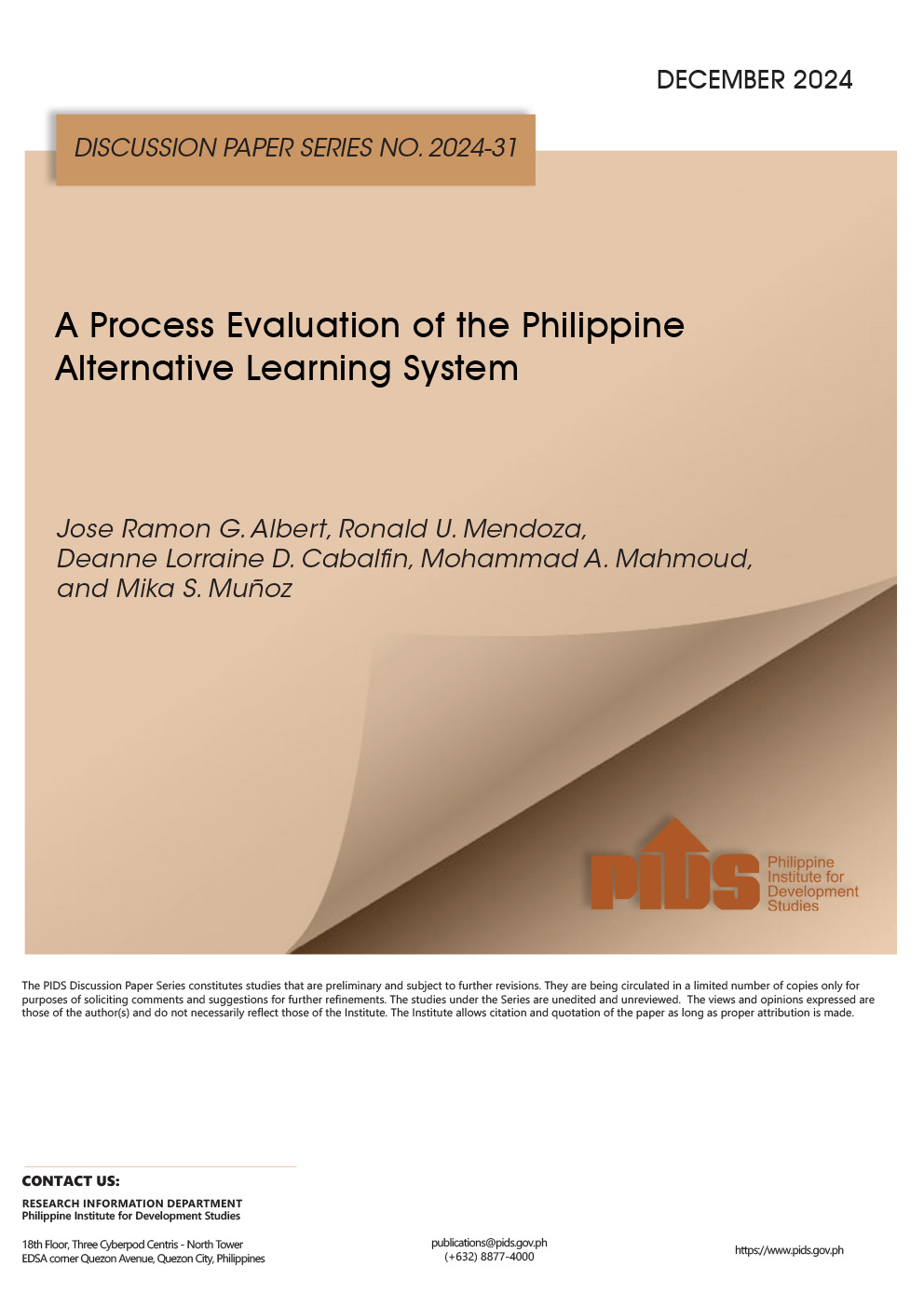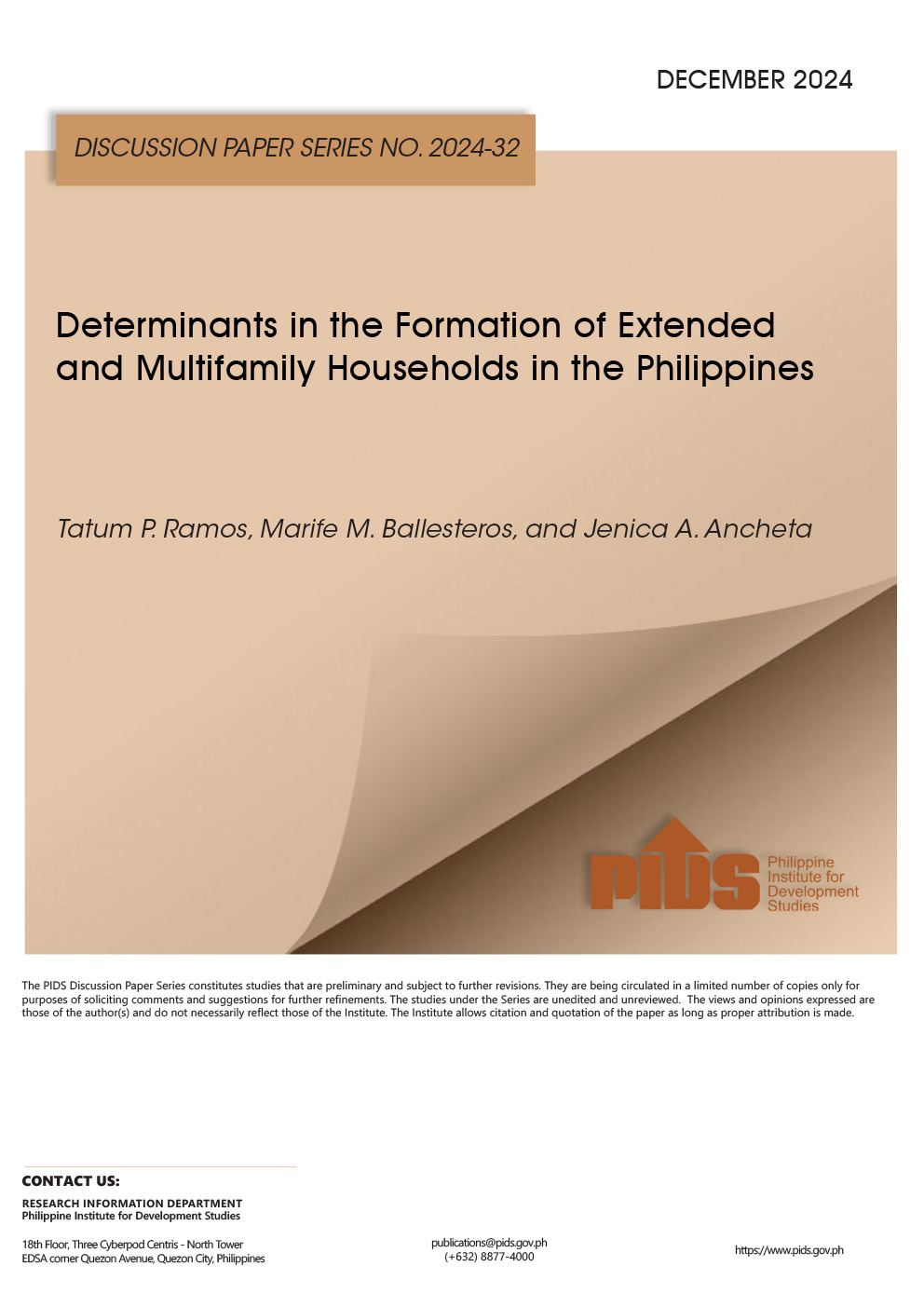This paper examines the relationship between household savings and family size. Household savings are important indicators for family welfare not only in terms of its investment and income generation prospects but also, and perhaps more importantly given pervasive borrowing constraints and limited social security coverage, because it provides protection from income shortfalls. Descriptive and multivariate evidence on the relationship of household savings and family size are provided. The endogeneity of family size in the household savings equation, as argued for in the old-age security hypothesis, is properly considered by using instrumental variables estimation technique. The paper uses a recent nationally representative household survey in the analysis. The results show that, on average, the impact of additional children on household savings is negative and that the impact is regressive.
Citations
This publication has been cited 8 times
- Bankole, Kayode, Israel Ukolobi, and Onyuka Mcdubus. 2020. . Working Papers hal-02520027. HAL.
- Coulibaly, Souleymane and Mohamed Diaby. 2013. . Policy Research Working Paper Series 6531. The World Bank.
- Gries, Thomas and Ha van Dung. 2014. . Working Papers CIE 81. Paderborn University, CIE Center for International Economics.
- Ismail, Aisha and Kashif Rashid. 2013. . Economic Modelling, 32(C), 524-531. Elsevier.
- Kiran, Tanvi and Shivam Dhawan. 2015. . American Journal of Economics and Business Administration, 7, no. 4, 177-184. Science Publications.
- Kulikov, Dmitry and Karsten Staehr. 2007. . Bank of Estonia Working Papers wp2007-8. Bank of Estonia, revised 03 Feb 2015.
- Racelis, Rachel H. and J.M Ian S. Salas. 2007. . Development Economics Working Papers 22682. East Asian Bureau of Economic Research.
- Salas, J.M. Ian S. and Rachel H. Racelis. 2007. . Discussion Papers DP 2007-12. Philippine Institute for Development Studies.













